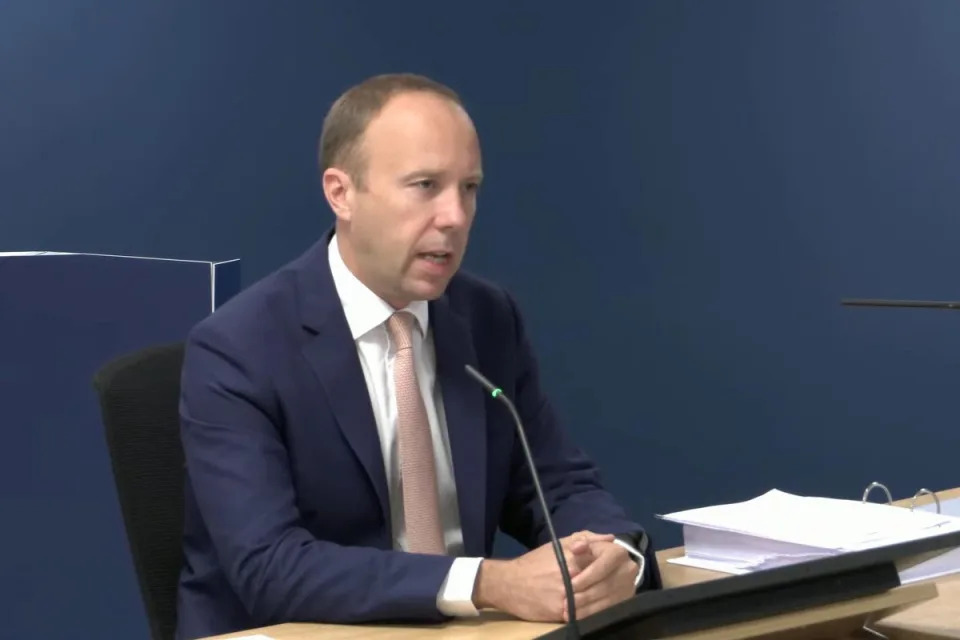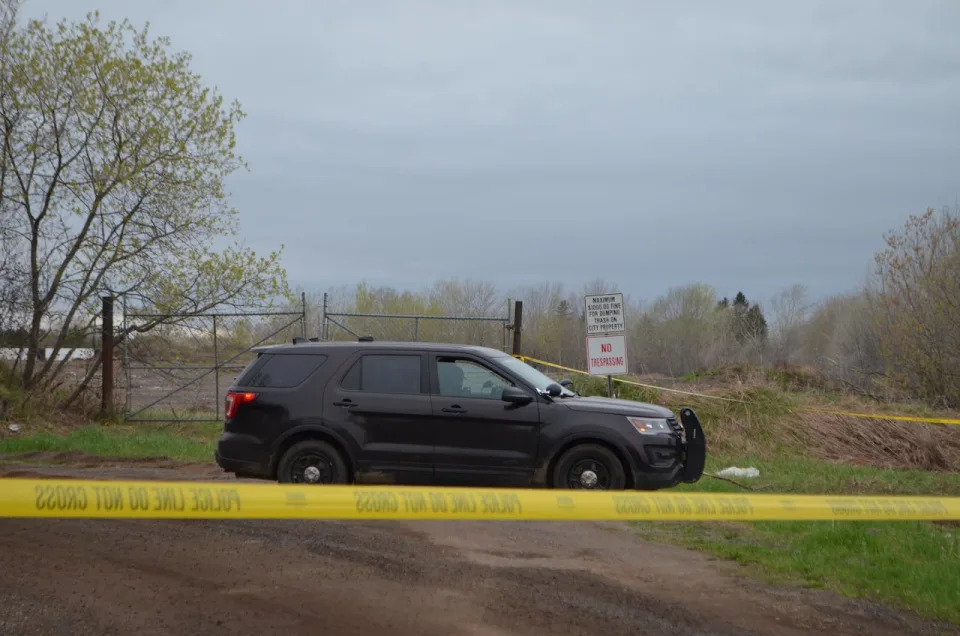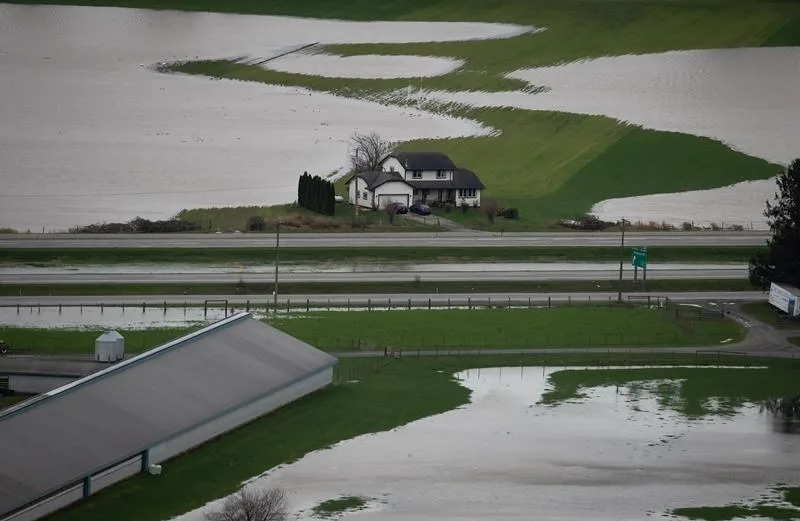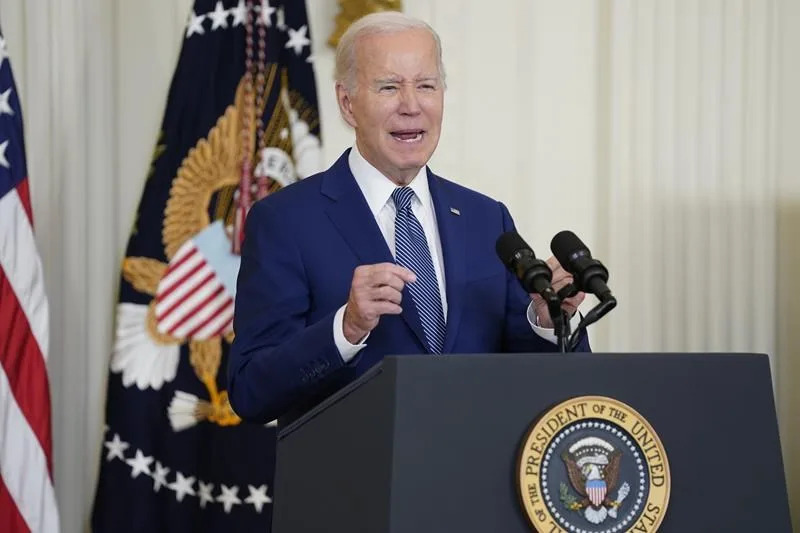CBC
Updated Tue, June 27, 2023
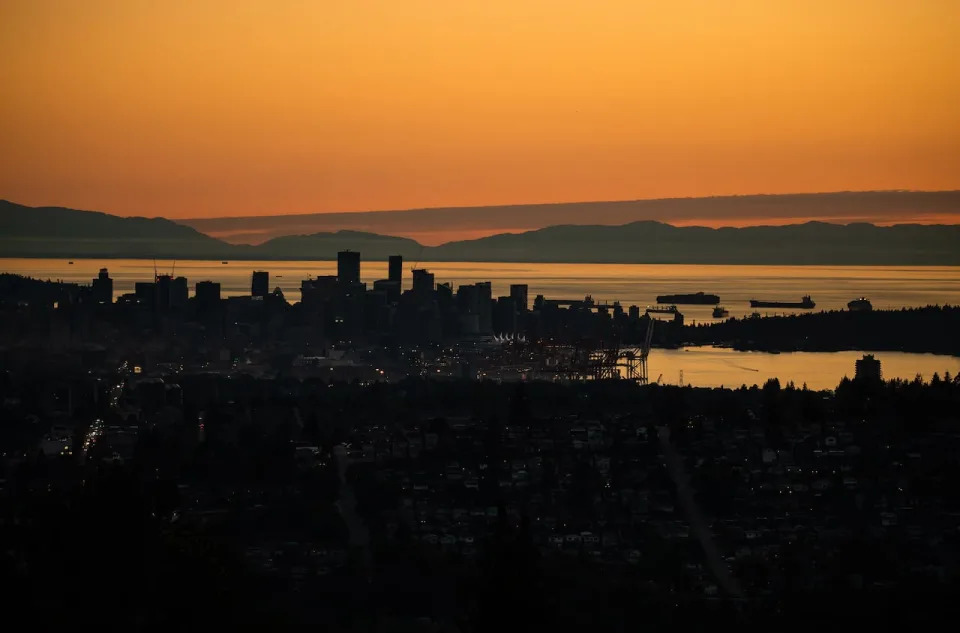
The B.C. government is spending $10M to fund free air conditioners to help vulnerable populations deal with extreme heat events like the 2021 heat dome. (Darryl Dyck/The Canadian Press - image credit)
The province has announced it is investing $10 million to provide 8,000 free air conditioners to elderly, vulnerable and low-income residents in British Columbians.
The program will be administered by B.C. Hydro starting this year and lasting for three years.
Health Minister Adrian Dix said extreme weather is the reality now for British Columbians thanks to the effects of climate change, with extreme heat events expected to occur more frequently.
"Vulnerable people are most likely to experience effects of extreme heat," said Dix. "That's why this program targets lower income and vulnerable individuals who are at higher risk."
People applying for a free air conditioner will undergo a means assessment, or they can be referred to the program by community home health providers and health authorities, said Dix.
The announcement comes on the two-year anniversary of the June 2021 heat dome that killed 619 people in the province, according to a B.C. Coroners death review panel.
Ninety per cent of those who passed away were over the age of 60, and more than half lived alone. The majority had at least one chronic health condition, the report found.
One of the recommendations made in the report was for government to help citizens better prepare for future extreme heat events.
B.C. Hydro CEO Chris O'Riley said air conditioning can no longer be considered a luxury, citing the heat wave in May this year where temperatures reached between 10 and 15 C above normal.
"We know many people in B.C. are struggling with extreme heat and that there are often limited options available when it comes to cooling as our once milder springs and summers become warmer," he said. "It is so vital that we get air conditioning to those who really need it."
At least 50 per cent of the free air conditioning units are expected to be installed in apartment or multi-unit dwellings, said Dix, with the balance in single-family dwellings.
In a related program, B.C. Hydro is also offing residential customers $50 off the purchase of a qualifying air conditioner until July 28.
B.C. Green Party Leader Sonra Furstenau said she was relieved to see the NDP government implementing the program to help a portion of the population but said more needs to be done.
"Moving forward, I urge the government to act quickly and adopt clean air standards for indoor public spaces, which will further protect the health and well-being of British Columbians."

